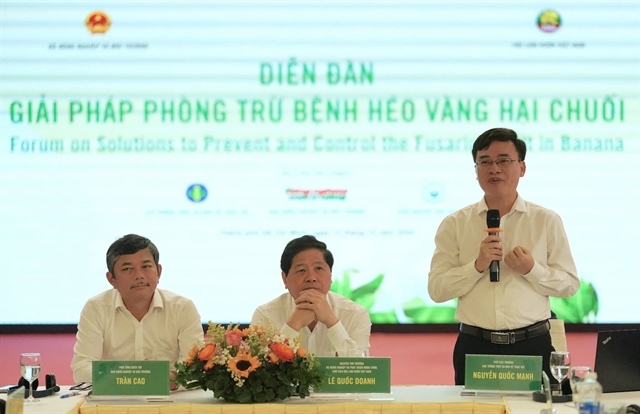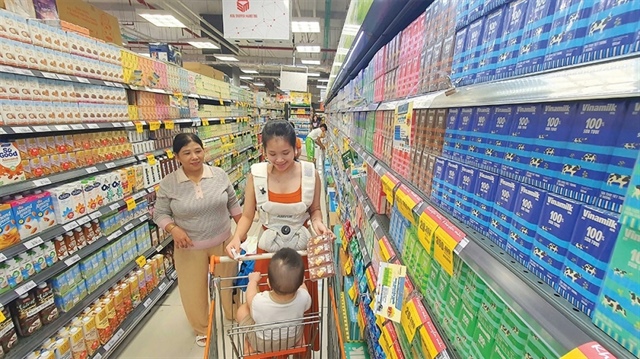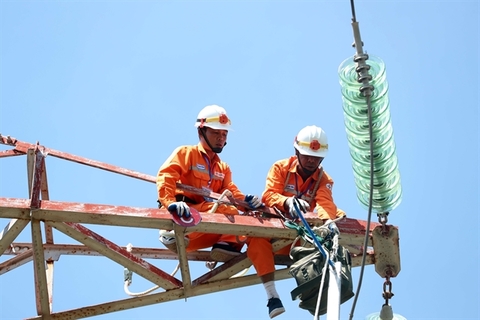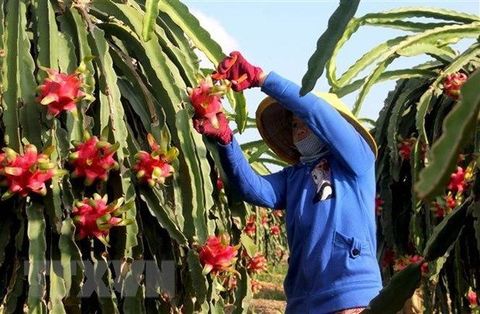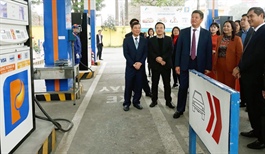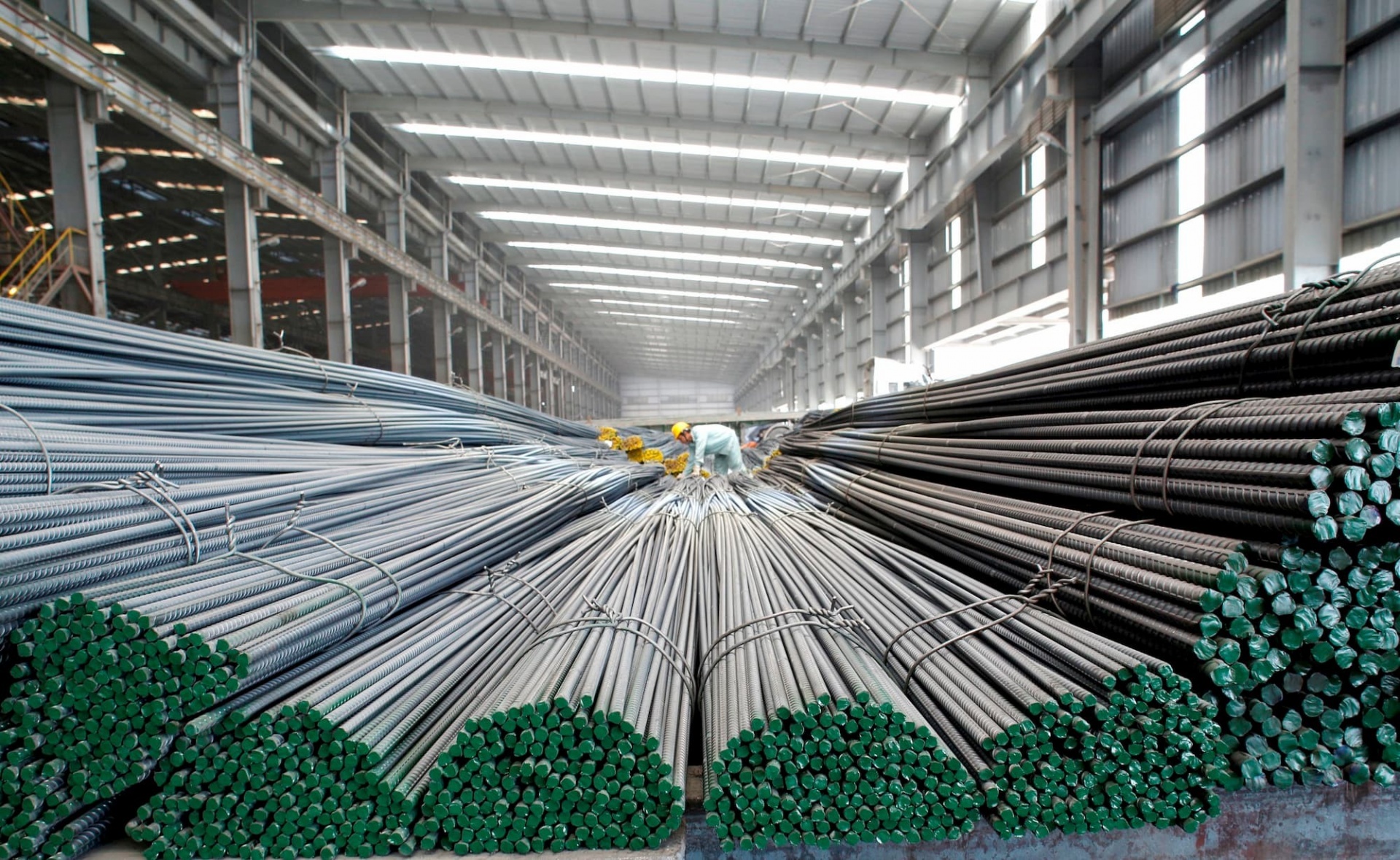Cement exports under duress from neighbours
Cement exports under duress from neighbours
The removal of a levy on imported cement in the Philippines could encourage Vietnamese exporters to engage in new ventures alongside Thailand.
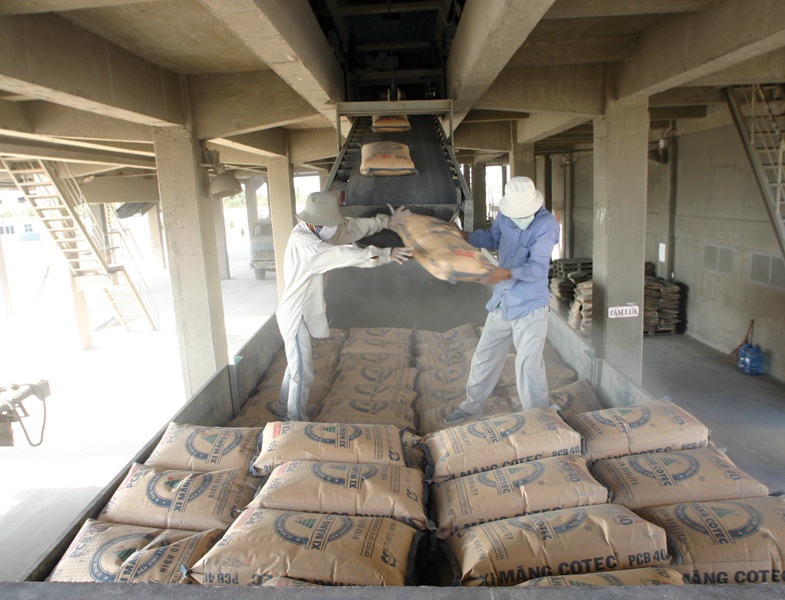
Ronnarong Phoolpipat, Thailand’s Minister of Foreign Trade, has revised the expected rise in cement supplies to the Philippines in 2023. Now that the duty on imported cement has been eliminated, the Philippines will be a promising market for Thai exporters, Ronnarong said.
According to the Philippines’ Ministry of Trade and Industry’s investigative committee, the reduction of taxes on imported cement will reduce the process of price increases for both locally produced and imported cement, benefiting the economy.
Previously, the Philippines side found that cement imported from other nations did not cause or threaten to cause severe harm to the country’s cement sector throughout the review period. Notably, a safeguard tax rate on imported cement entering the Philippines expired in October 2022. Within the next five years, cement exports from Vietnam will no longer be subject to safeguard duties there.
In recent times, the Trade Remedies Authority of Vietnam has advised Vietnamese corporations to consider the competition among Thai cement exporters to draw more importers from the Philippines.
Eliminating the levy has spurred Thai producers to see the Philippines as a possible market. According to an article in The Nation Thailand, Thailand produced around 20.56 million metric tonnes of cement in the first nine months of 2022 and exported 1.67 million MT of cement, mostly to Myanmar, Laos, and Cambodia. Taxes are owed on exports that have not been remitted to the Philippines.
Analysts note that Thai cement has dominated globally, but Vietnam has only exported since 2010. Therefore, Vietnam has limits in export expertise and brand recognition.
Some Vietnamese cement exporters also verified that the quality and speed of Thailand’s shipment are two of its competitive advantages. Conversely, consumer psychology emphasises selecting clients with long-standing traditional ties, such as Thailand, requiring Vietnamese enterprises to put in twice the effort.
Currently, the demand for construction materials, especially cement, is rising in the Philippines since the government is eager to encourage economic development via investment in constructing infrastructure, a sector that contributed 12 per cent to the Philippines’ third-quarter 2022 GDP growth. This presents the potential for Vietnamese companies to enter the Philippine construction materials industry and engage in infrastructure projects.
According to the Vietnamese Ministry of Construction, the Philippines is a major importer of cement and clinker, importing around 15-17 million MT per year, with around seven million MT coming from Vietnam. Two months ago, chairman of Vietnam Cement Industry Corporation (VICEM), Bui Xuan Dung, stated that six million MT of cement would be exported to the Philippines before 2025 as part of an agreement between VICEM and two importers, Fenix International, Inc., and Gold Falcon Trading of the Philippines.
VICEM exports 1.5 million MT per year, or 21.5 per cent of total exports. It has 10 plants with 16 production lines, a capacity of 21 million MT of clinker per year, more than 25 million MT of cement per year, and a consumption of almost 30 million MT of primary products, accounting for about 33 per cent of the domestic market and 23 per cent of exports.
According to Global Cement, Philippines’ producers are concerned about Vietnam’s dominance in cement imports. As the Philippines’ real estate sector and economy continue to thrive, and cement demand will increase. Since the Philippines does not impose safeguard measures on cement from Vietnam, local cement makers will have a greater opportunity to grow exports.


